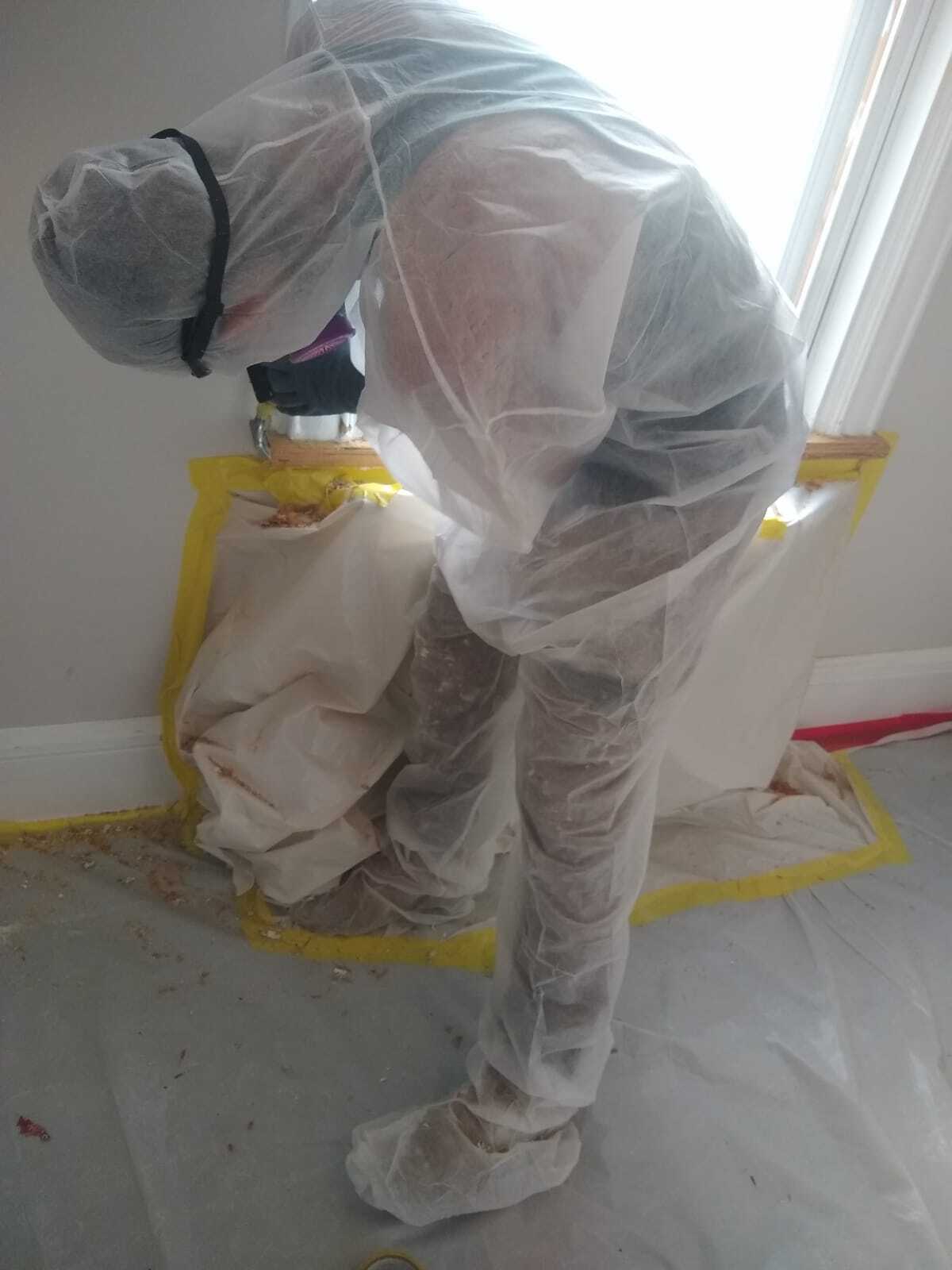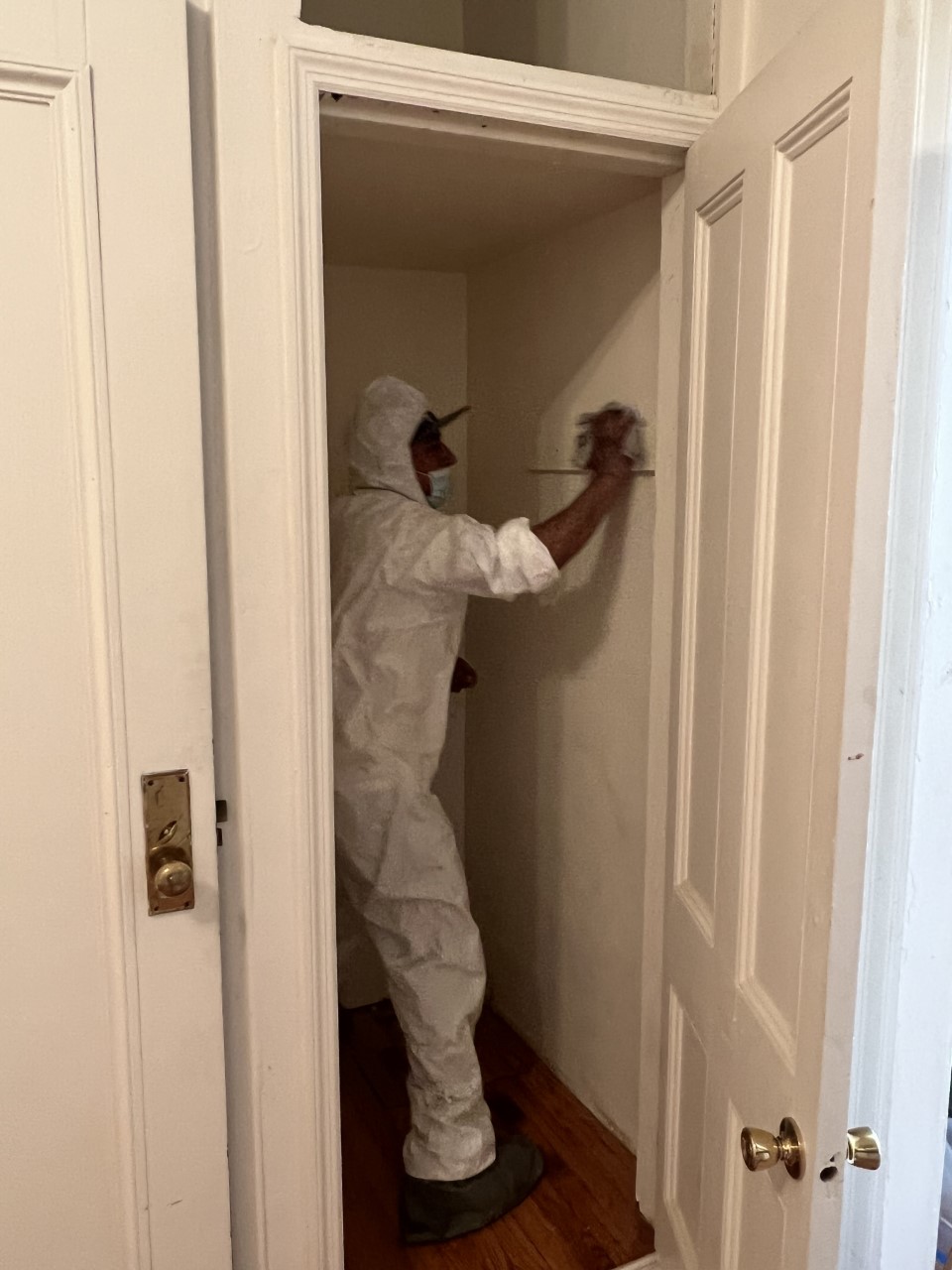Comprehensive Guide on Effective Lead Infraction Removal Methods
In the realm of ecological security, resolving lead infractions demands a meticulous and organized technique. This extensive overview begins by highlighting the essential initial actions of determining lead threats through sophisticated evaluation and testing approaches. The overview elaborates on the value of sticking to rigid security methods throughout the removal procedure, including the use of correct PPE and separating affected locations.
Determining Lead Hazards
Recognizing lead threats is an important initial step in minimizing the risks related to lead direct exposure. Lead, a harmful steel, can be present in numerous environmental mediums, consisting of paint, soil, water, and dust. It presents serious wellness risks, particularly to children and expecting ladies, causing neurological damages and developmental delays. For that reason, accurate identification of potential lead sources is vital for efficient remediation.
The initial phase in determining lead dangers entails understanding common lead resources within the constructed setting. Structures built prior to 1978 are particularly prone due to the common use lead-based paint during that duration. Additionally, soil contamination can happen from weakening exterior paint, industrial discharges, or historic usage of leaded gasoline.
Another substantial resource is lead piping and pipes fixtures, which can seep lead into drinking water. Durable goods such as toys, porcelains, and imported items may additionally consist of dangerous lead degrees. Especially, job-related settings and leisure activities including lead can track pollutants into homes.
Assessment and Testing
When addressing lead threats, efficient assessment and testing are paramount. This crucial step makes sure the identification and quantification of lead existence, thereby assisting subsequent remediation initiatives. Preliminary analysis generally includes a visual inspection to determine possible lead sources, such as deteriorating paint or infected dirt. This is enhanced by more extensive testing methodologies to identify the level of contamination.

Dirt clean sampling is an additional critical strategy, specifically in household setups. By accumulating samples from floors, windowsills, and other surfaces, this technique supplies insights right into prospective direct exposure threats. Furthermore, dirt testing around building borders is vital to spot lead contamination that might posture threats, especially to children.
Safe Removal Treatments
Upon finishing detailed analysis and screening, carrying out risk-free removal treatments is the following vital stage Continue in attending to lead risks. This process guarantees that lead-contaminated materials are effectively and safely removed, reducing danger to both employees and citizens. The very first step includes isolating the affected area using plastic sheet and appropriate securing strategies to protect against the spread of lead dust.
Workers must put on appropriate individual protective tools (PPE), consisting of respirators, gloves, and disposable coveralls, to reduce direct exposure. Utilizing specialized tools and wet techniques, such as damp sanding or using HEPA-filtered vacuums, minimizes the diffusion of lead bits. It is essential to avoid dry sanding or rough blasting, as these techniques can generate unsafe lead dirt.
Waste disposal is an additional crucial component; all polluted materials must be safely nabbed and labeled according to link EPA and useful site local policies. Additionally, thorough cleansing of the workplace with HEPA vacuum cleaners and wet wiping makes sure the elimination of recurring lead particles.
Post-Removal Verification

Confirmation of successful lead elimination, understood as post-removal verification, is necessary to ensure the safety and security and habitability of the remediated area. This inspection guarantees that all recognized resources of lead have been addressed and that no visible indicators of contamination stay.
Following the aesthetic evaluation, environmental tasting is conducted. This involves accumulating dust, soil, and often water examples from the remediated area. Approved laboratories evaluate these examples to determine lead levels, ensuring they fall below the security thresholds developed by regulative bodies such as the Epa (EPA)
Additionally, air top quality testing might be done to detect airborne lead bits, specifically in situations where extensive lead-based paint elimination or improvement has happened. The results of these tests provide measurable data confirming that the lead degrees are within permissible limits.
Inevitably, post-removal confirmation acts as a crucial checkpoint, validating the performance of the lead abatement initiatives and guarding the wellness of residents and visitors.
Safety Nets and Maintenance

A vital safety net consists of making use of lead-safe accredited professionals for any type of remodelling, repair work, or painting activities. These experts are trained in practices that minimize lead dust and debris. Furthermore, preserving colored surfaces to avoid chipping or peeling is essential, as degrading paint can launch lead particles into the atmosphere.
Educational efforts targeting property proprietors and tenants regarding the dangers of lead and the relevance of reporting any type of potential risks can better enhance preventive efforts. Routine cleaning using HEPA vacuums and wet mopping strategies can substantially reduce lead dirt buildup.
Final Thought
In summary, effective lead offense elimination necessitates a precise technique incorporating detailed assessment, precise screening, and rigid removal treatments. Ensuring security through correct isolation and individual safety equipment continues to be vital. Post-removal verification through environmental sampling and air top quality screening confirms compliance with established safety and security requirements. Ongoing inspections and maintenance are vital to reduce future lead hazards, consequently safeguarding public health and wellness and making sure sustained conformity with regulatory requirements.